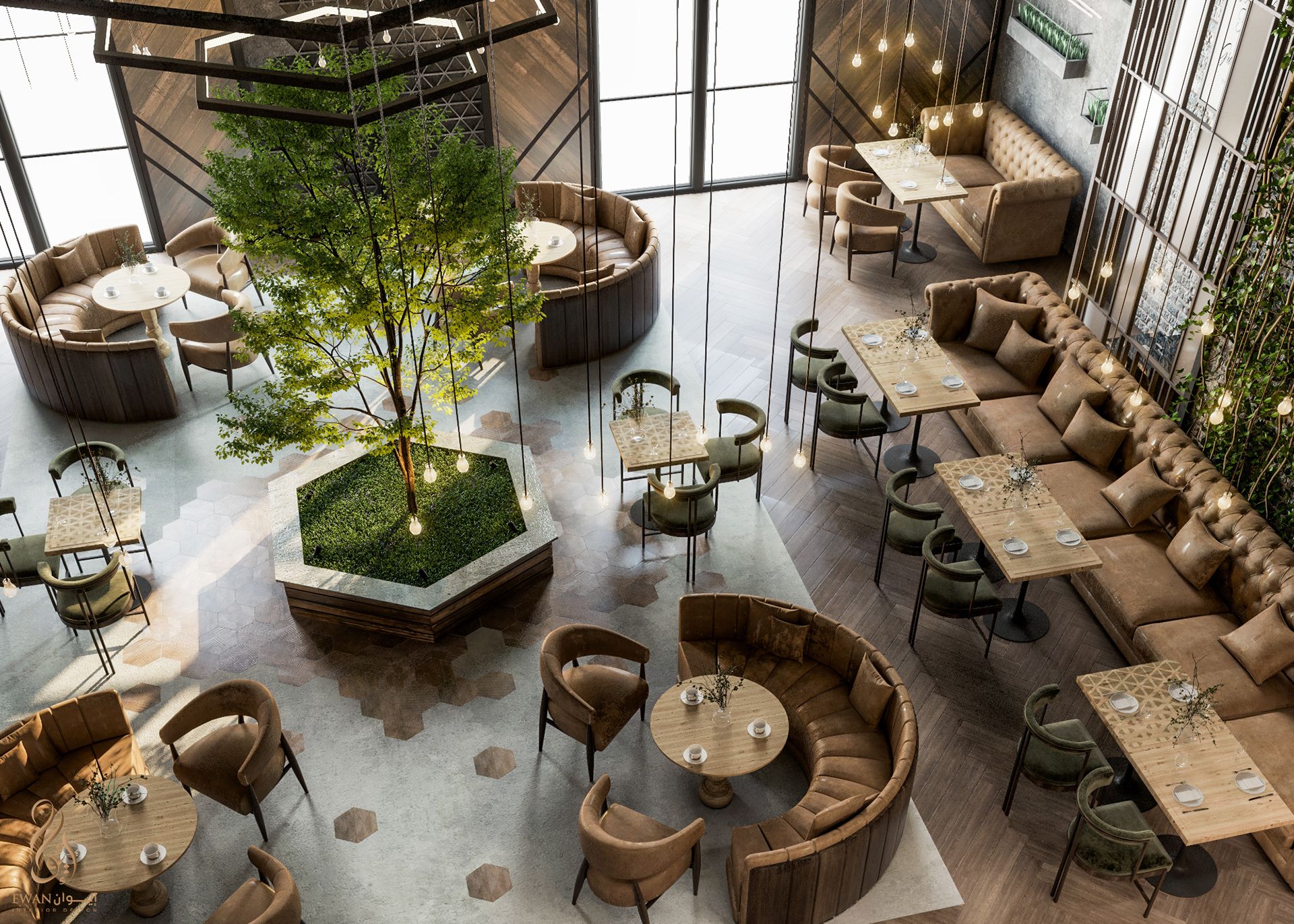Step into a world where food meets architecture, where taste buds are tantalized not just by the flavors on the plate, but by the design of the space itself. In the realm of restaurant design, every corner, every texture, every lighting fixture plays a crucial role in creating an immersive dining experience. Join us as we explore the art of crafting culinary spaces, where aesthetics and functionality blend seamlessly to delight all the senses.
Creating an Inviting Ambiance through Lighting
 Crafting a welcoming ambiance in a restaurant goes beyond just the decor and furnishings. Lighting plays a crucial role in setting the mood and creating a comfortable dining experience for guests. By strategically placing light fixtures and using the right intensity of light, you can transform your space into a cozy and inviting sanctuary for diners.
Crafting a welcoming ambiance in a restaurant goes beyond just the decor and furnishings. Lighting plays a crucial role in setting the mood and creating a comfortable dining experience for guests. By strategically placing light fixtures and using the right intensity of light, you can transform your space into a cozy and inviting sanctuary for diners.
One way to enhance the ambiance through lighting is to use a combination of different lighting sources. Incorporating overhead lighting, such as chandeliers or pendant lights, can help illuminate the space evenly. Task lighting, such as wall sconces or table lamps, can provide focused lighting for specific areas like dining tables or bar counters. Additionally, accent lighting, like spotlights or LED strips, can be used to highlight architectural features or artwork in the restaurant.
Creating a warm and inviting atmosphere can also be achieved through the use of dimmer switches. By allowing flexibility in adjusting the brightness of the lights, you can control the level of intimacy and coziness in your restaurant. Dimming the lights during the evening hours can create a more relaxed and intimate setting, perfect for romantic dinners or special occasions. Remember, the key is to strike a balance between functionality and aesthetics to craft the perfect ambiance for your culinary space.
Utilizing Functional Layouts for Efficiency
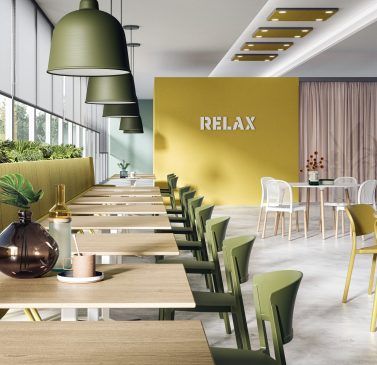 One important aspect of restaurant design is the utilization of functional layouts for efficiency. By carefully crafting the layout of a culinary space, restaurant owners can optimize workflow, create a smooth dining experience for customers, and ultimately enhance the overall efficiency of the establishment. Functional layouts focus on maximizing space, improving traffic flow, and ensuring that every part of the restaurant serves a purpose.
One important aspect of restaurant design is the utilization of functional layouts for efficiency. By carefully crafting the layout of a culinary space, restaurant owners can optimize workflow, create a smooth dining experience for customers, and ultimately enhance the overall efficiency of the establishment. Functional layouts focus on maximizing space, improving traffic flow, and ensuring that every part of the restaurant serves a purpose.
When designing a restaurant layout, it is crucial to consider the specific needs of the culinary space. For example, the placement of workstations, equipment, and storage areas should be strategically arranged to minimize unnecessary movement for the staff. Creating designated zones for food preparation, cooking, plating, and serving can help streamline operations and improve productivity. Additionally, incorporating flexible seating arrangements can accommodate different party sizes and maximize seating capacity during peak hours.
By incorporating functional layouts into restaurant design, owners can create a space that not only looks aesthetically pleasing but also operates efficiently. Investing time and effort into planning the layout of a culinary space can result in a well-organized and optimized environment that benefits both the staff and customers. Remember, a thoughtfully designed layout can have a significant impact on the success of a restaurant.
Designing Open Kitchen Concepts for Customer Engagement
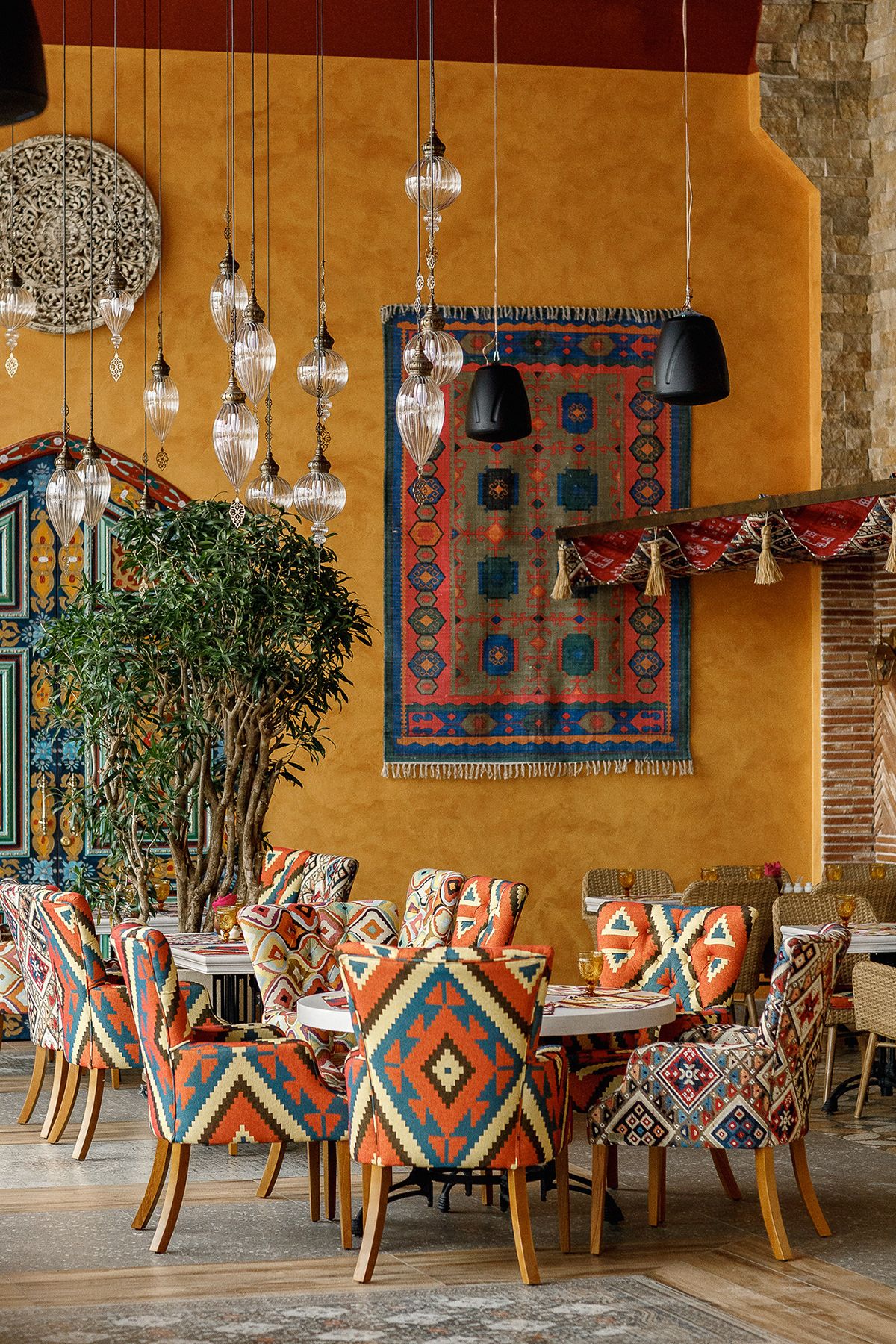 When , the key is to create a space that not only showcases the culinary talents of the chefs but also invites guests to be a part of the experience. By incorporating elements such as interactive cooking stations, chef’s tables, and open shelving for ingredients, restaurants can encourage diners to engage with the cooking process and feel a sense of connection to the food they are about to enjoy.
When , the key is to create a space that not only showcases the culinary talents of the chefs but also invites guests to be a part of the experience. By incorporating elements such as interactive cooking stations, chef’s tables, and open shelving for ingredients, restaurants can encourage diners to engage with the cooking process and feel a sense of connection to the food they are about to enjoy.
One way to enhance customer engagement in an open kitchen concept is to design the space with a focus on transparency. This can be achieved through the use of glass partitions, allowing guests to see their meals being prepared right before their eyes. By incorporating elements such as live cooking demonstrations and chef interactions, restaurants can create a truly immersive dining experience that leaves a lasting impression on their customers.
By crafting culinary spaces that prioritize customer engagement, restaurants can create a unique and memorable dining experience that sets them apart from the competition. Whether it’s through interactive cooking classes, chef-hosted tasting menus, or behind-the-scenes kitchen tours, there are endless opportunities to engage customers and create a sense of community around food.
Choosing the Right Color Palette for the Restaurant
 When it comes to restaurant design, the color palette plays a crucial role in creating the ambiance and setting the tone for the dining experience. The right colors can evoke emotions, stimulate appetites, and even influence diners’ perceptions of the food being served. To craft a successful culinary space, consider the following tips for choosing the perfect color palette:
When it comes to restaurant design, the color palette plays a crucial role in creating the ambiance and setting the tone for the dining experience. The right colors can evoke emotions, stimulate appetites, and even influence diners’ perceptions of the food being served. To craft a successful culinary space, consider the following tips for choosing the perfect color palette:
1. Consider the cuisine: The type of cuisine you serve can provide inspiration for the color palette of your restaurant. For example, warm and vibrant colors like reds, oranges, and yellows work well for Mexican or Mediterranean restaurants, while cool and calming tones like blues and greens are ideal for sushi or seafood establishments.
2. Think about the atmosphere: The atmosphere you want to create in your restaurant should also guide your color choices. For a cozy and intimate dining experience, consider using rich, dark hues like deep burgundy or chocolate brown. If you want to create a modern and fresh look, opt for lighter shades like soft pastels or crisp whites.
3. Balance is key: When selecting a color palette for your restaurant, it’s essential to achieve a balance between the different hues. Too much of one color can be overwhelming, while a harmonious blend of complementary tones can create a visually appealing and inviting space for your guests to enjoy their meals.
Incorporating Natural Elements for a Cozy Atmosphere
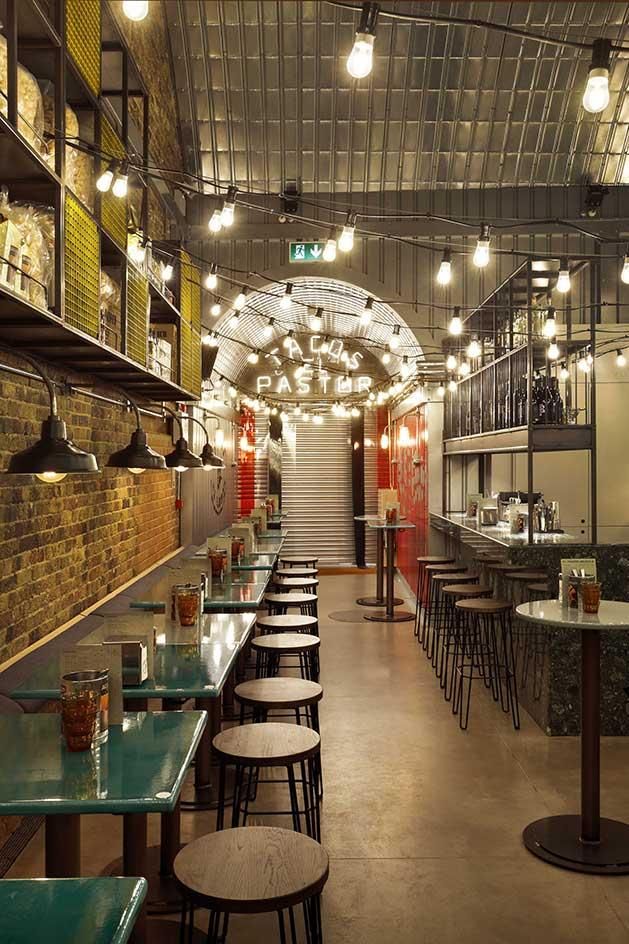 One of the key elements of creating a cozy atmosphere in a restaurant is incorporating natural elements into the design. Adding touches of nature can help to create a warm and inviting space that diners will love to spend time in. By bringing in elements such as wood, plants, and natural light, you can create a space that feels relaxed and welcoming.
One of the key elements of creating a cozy atmosphere in a restaurant is incorporating natural elements into the design. Adding touches of nature can help to create a warm and inviting space that diners will love to spend time in. By bringing in elements such as wood, plants, and natural light, you can create a space that feels relaxed and welcoming.
Wood: Using wood in your restaurant design can add a rustic and natural touch to the space. Consider incorporating wooden tables, chairs, and accents throughout the restaurant. This can help to create a warm and cozy atmosphere that guests will appreciate.
Plants: Adding plants to your restaurant can help to bring the beauty of nature indoors. Consider placing potted plants on tables, shelves, and windowsills throughout the space. Not only do plants add a pop of color, but they also help to purify the air and create a more inviting atmosphere.
Natural Light: Maximizing natural light in your restaurant can help to create a bright and airy space that feels welcoming. Consider large windows, skylights, and glass doors to let in as much natural light as possible. This can help to create a warm and inviting atmosphere that guests will love to dine in.
“Incorporating natural elements into your restaurant design can help to create a cozy and inviting atmosphere that guests will love. By bringing in elements such as wood, plants, and natural light, you can create a space that feels warm and welcoming.”
Selecting Comfortable and Stylish Furniture
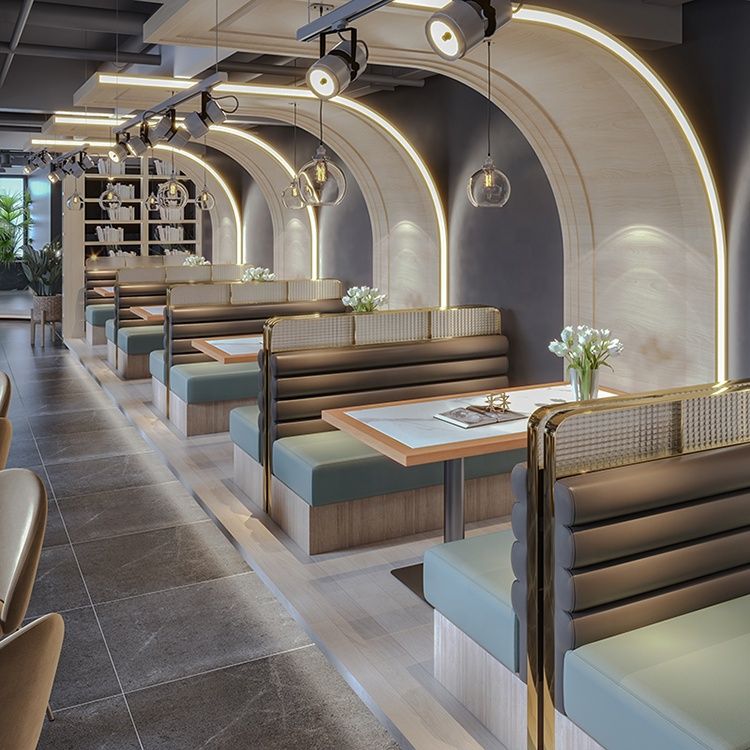 When designing a restaurant, is crucial to creating an inviting and enjoyable dining experience for customers. The right furniture not only enhances the overall aesthetic of the space but also ensures that diners feel relaxed and at ease while enjoying their meals.
When designing a restaurant, is crucial to creating an inviting and enjoyable dining experience for customers. The right furniture not only enhances the overall aesthetic of the space but also ensures that diners feel relaxed and at ease while enjoying their meals.
One key factor to consider when choosing furniture for a restaurant is the durability and quality of the materials. Opt for sturdy and long-lasting pieces that can withstand the daily wear and tear of a bustling restaurant environment. Additionally, consider the comfort of the seating options, such as padded chairs or booths, to keep guests comfortable throughout their meal.
Another important aspect to keep in mind is the style and design of the furniture. Select pieces that complement the overall theme and decor of the restaurant. Whether you’re going for a modern, industrial look or a cozy, rustic feel, make sure the furniture ties the space together seamlessly. Remember, the furniture you choose will set the tone for the entire dining experience.
Implementing Acoustic Solutions for Noise Control
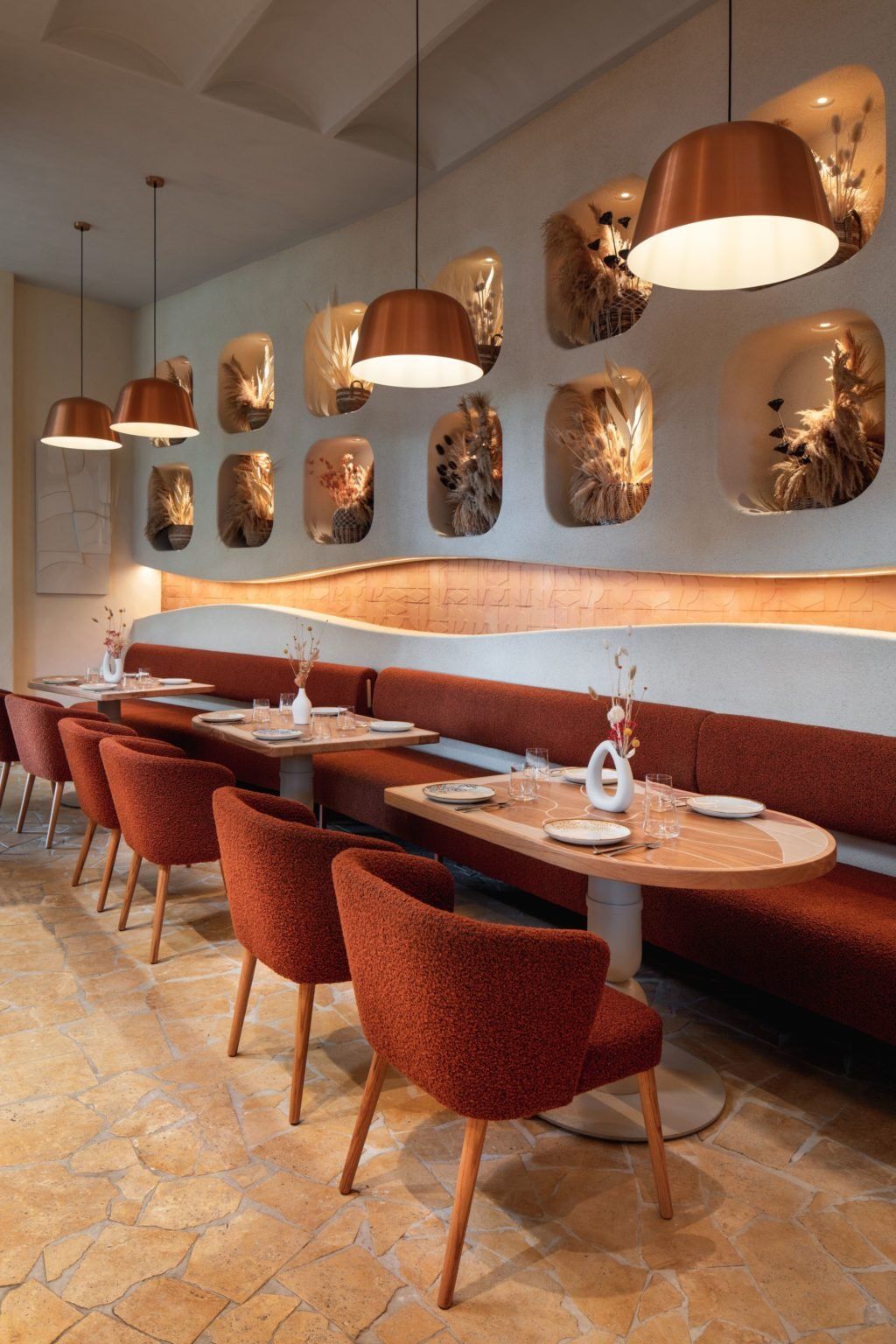 In the world of restaurant design, creating the perfect ambiance is essential for a memorable dining experience. Crafting culinary spaces involves careful attention to detail, from the layout of tables to the color palette on the walls. One important aspect of restaurant design that is often overlooked is .
In the world of restaurant design, creating the perfect ambiance is essential for a memorable dining experience. Crafting culinary spaces involves careful attention to detail, from the layout of tables to the color palette on the walls. One important aspect of restaurant design that is often overlooked is .
Acoustic solutions can make a significant impact on the overall dining experience. By reducing noise levels, customers can enjoy their meal without the distraction of loud chatter or kitchen clatter. This can lead to a more relaxed and enjoyable dining atmosphere, encouraging customers to linger longer and potentially order more food and drinks.
There are various ways to incorporate acoustic solutions into restaurant design. This can include installing sound-absorbing materials such as acoustic panels or ceiling baffles, strategically placing furniture and decor to minimize sound reflections, and using sound-masking technology to create a more pleasant dining environment. With the right acoustic solutions in place, restaurants can enhance the overall dining experience for their customers and set themselves apart from the competition.
Showcasing Local Art and Décor for Character
 When it comes to crafting culinary spaces, the art of restaurant design plays a crucial role in creating a unique and inviting atmosphere for diners. One way to add character to a restaurant is by showcasing local art and décor that reflects the community and adds a personal touch to the space. By incorporating pieces from local artists and artisans, restaurants can create a sense of authenticity and connection that resonates with customers.
When it comes to crafting culinary spaces, the art of restaurant design plays a crucial role in creating a unique and inviting atmosphere for diners. One way to add character to a restaurant is by showcasing local art and décor that reflects the community and adds a personal touch to the space. By incorporating pieces from local artists and artisans, restaurants can create a sense of authenticity and connection that resonates with customers.
Local art and décor can range from paintings and photography to handmade pottery and sculpture, adding visual interest and personality to the restaurant. Bold and eye-catching pieces can serve as focal points, drawing in diners and creating a memorable dining experience. Whether it’s a vibrant mural on the walls or a collection of handmade ceramics on display, these elements contribute to the overall ambiance of the restaurant.
In addition to showcasing local art, restaurants can also incorporate unique design elements that reflect the cuisine and concept of the establishment. From custom lighting fixtures to bespoke furniture pieces, every detail contributes to the overall design aesthetic. By paying attention to the finer details, restaurants can create a cohesive and inviting space that enhances the overall dining experience for customers.
Designing Outdoor Seating Areas for Al Fresco Dining
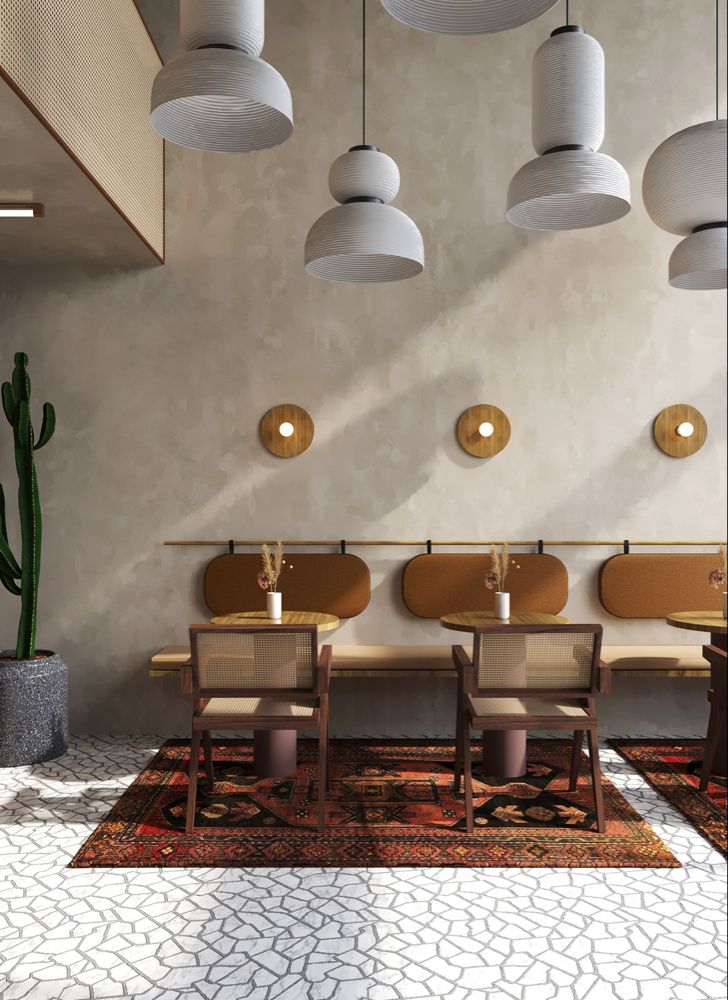 Creating the perfect outdoor seating area for al fresco dining is an art form that requires careful consideration of design elements. From the choice of materials to the layout of the space, every detail plays a crucial role in enhancing the dining experience for your customers.
Creating the perfect outdoor seating area for al fresco dining is an art form that requires careful consideration of design elements. From the choice of materials to the layout of the space, every detail plays a crucial role in enhancing the dining experience for your customers.
Here are some key tips to help you craft a stunning outdoor dining space:
-
- Consider the layout: Think about how you want to arrange the tables and chairs to create a comfortable and inviting atmosphere for your guests.
-
- Choose the right furniture: Opt for durable and weather-resistant furniture that complements the overall aesthetic of your restaurant.
-
- Add greenery: Incorporating plants and flowers can help create a relaxing and welcoming ambiance for diners to enjoy their meals.
In addition to the physical design of the outdoor seating area, don’t forget to pay attention to the little details that can make a big difference. From ambient lighting to comfortable cushions, these finishing touches can elevate the overall look and feel of your outdoor dining space, making it a memorable experience for your customers. As renowned architect Frank Lloyd Wright once said, “Form follows function – that has been misunderstood. Form and function should be one, joined in a spiritual union.”
Incorporating Sustainable Materials for Eco-Friendly Spaces
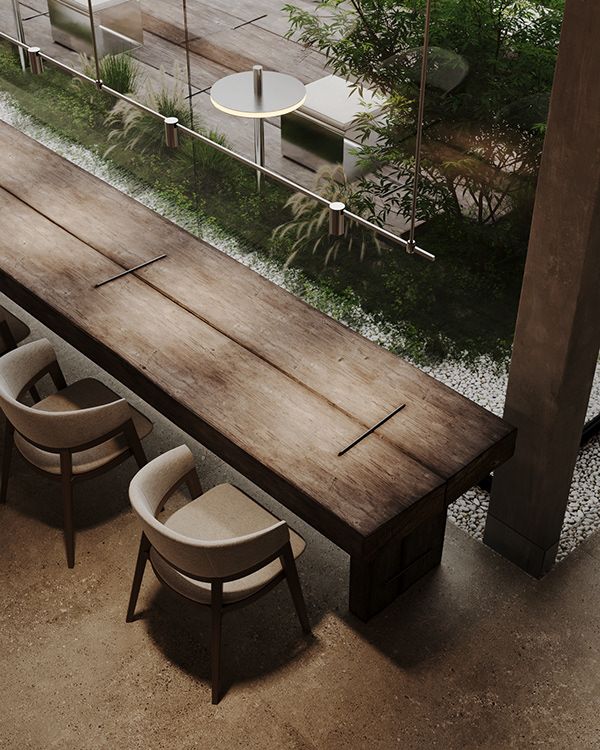 When it comes to crafting culinary spaces, every detail matters to create a unique and inviting atmosphere for diners. One crucial aspect of restaurant design is the incorporation of sustainable materials to create eco-friendly spaces that not only benefit the environment but also enhance the overall dining experience.
When it comes to crafting culinary spaces, every detail matters to create a unique and inviting atmosphere for diners. One crucial aspect of restaurant design is the incorporation of sustainable materials to create eco-friendly spaces that not only benefit the environment but also enhance the overall dining experience.
Using reclaimed wood for tables and chairs can add a rustic charm to the restaurant while reducing the need for new materials. Bamboo flooring is not only durable and easy to maintain but also a sustainable choice as bamboo grows quickly and is renewable. Incorporating recycled glass countertops or accents can add a modern touch to the space while reducing waste.
By choosing sustainable materials, restaurant owners can demonstrate their commitment to environmental responsibility and attract eco-conscious customers. Creating a space that is not only aesthetically pleasing but also environmentally friendly can set a restaurant apart in a competitive industry.
Utilizing Technology for a Seamless Dining Experience
 In the world of restaurant design, the utilization of technology plays a crucial role in creating a seamless dining experience for customers. From interactive menus to smart ordering systems, technology has revolutionized the way we dine out. By incorporating cutting-edge tech solutions, restaurants can enhance the overall ambiance and efficiency of their space, ultimately providing a more enjoyable experience for patrons.
In the world of restaurant design, the utilization of technology plays a crucial role in creating a seamless dining experience for customers. From interactive menus to smart ordering systems, technology has revolutionized the way we dine out. By incorporating cutting-edge tech solutions, restaurants can enhance the overall ambiance and efficiency of their space, ultimately providing a more enjoyable experience for patrons.
One innovative way restaurants are utilizing technology is through the use of digital kiosks for ordering. These touchscreen interfaces allow customers to browse the menu, customize their orders, and pay directly from their table. This not only streamlines the ordering process but also reduces the need for traditional paper menus and cash transactions. With the convenience of digital kiosks, diners can have a more personalized and efficient dining experience.
Another trend in restaurant design is the incorporation of ambient lighting and sound systems controlled by smart devices. By adjusting the lighting and music to match the time of day or mood of the restaurant, owners can create a more immersive dining atmosphere. This attention to detail enhances the overall dining experience, making customers feel more relaxed and comfortable. With the ability to customize the ambiance of their space, restaurants can cater to a wider range of clientele and set themselves apart from the competition.
Considering Accessibility for All Customers
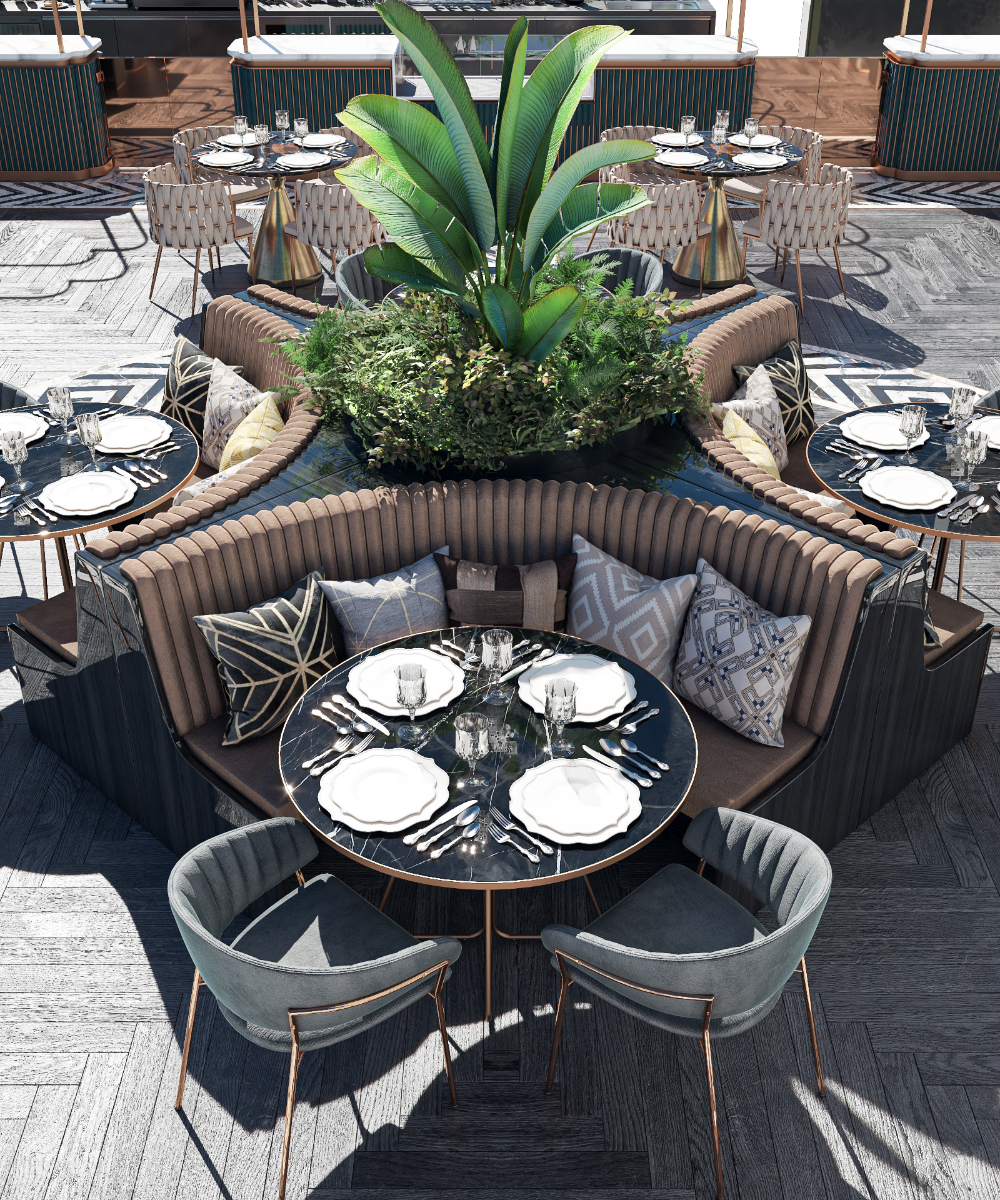 In restaurant design, it is crucial to consider accessibility for all customers to ensure that everyone can enjoy the dining experience. Creating a welcoming space that accommodates individuals with different needs is not only the right thing to do but also beneficial for business. By making your restaurant accessible, you are opening your doors to a wider range of customers and creating a more inclusive environment.
In restaurant design, it is crucial to consider accessibility for all customers to ensure that everyone can enjoy the dining experience. Creating a welcoming space that accommodates individuals with different needs is not only the right thing to do but also beneficial for business. By making your restaurant accessible, you are opening your doors to a wider range of customers and creating a more inclusive environment.
One way to prioritize accessibility in restaurant design is to ensure that the layout allows for easy navigation for customers with mobility challenges. This can include wide aisles, ramps, and designated accessible seating areas. Additionally, consider the height of tables and counters to accommodate individuals in wheelchairs. Creating a space that is easy to move around in will enhance the overall dining experience for all customers.
Another important aspect to consider is making sure that your restaurant is welcoming to customers with sensory sensitivities. This can include providing a quiet dining area for individuals who may be sensitive to noise, as well as offering menus in braille or large print for those with visual impairments. By being mindful of these details, you can create a more inclusive and inviting space for all customers to enjoy.
| Accessibility Tip | Implementation |
|---|---|
| Provide braille menus | Partner with a local organization to create braille menus for visually impaired customers. |
| Create quiet dining area | Designate a section of the restaurant for customers who are sensitive to noise. |
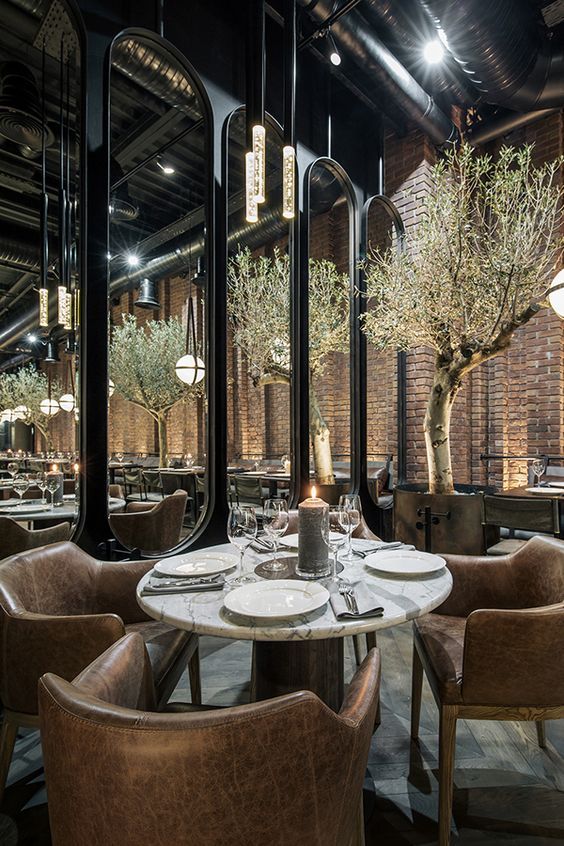 Q&A
Q&A
Q: What is the importance of restaurant design in the culinary industry?
A: Restaurant design plays a crucial role in creating a unique and inviting atmosphere for customers, enhancing their overall dining experience.
Q: How can restaurant design influence customer behavior?
A: The layout, décor, and ambiance of a restaurant can influence customers’ mood, choices, and even how long they stay at the establishment.
Q: What are some key elements to consider when designing a restaurant?
A: Key elements to consider include layout, lighting, color scheme, furniture, and décor that reflect the restaurant’s concept and brand identity.
Q: How can restaurant design contribute to the success of a culinary business?
A: A well-designed restaurant can attract more customers, encourage repeat visits, and generate positive word-of-mouth reviews, ultimately contributing to the success and profitability of the business.
Q: How can restaurant designers incorporate creativity and innovation into their projects?
A: Restaurant designers can incorporate creativity and innovation by experimenting with unique materials, incorporating sustainable practices, and staying updated on current design trends in the culinary industry.
Q: What are some examples of successful restaurant designs that have made a lasting impact?
A: Examples of successful restaurant designs include The Rock Restaurant in Zanzibar, Sketch in London, and The Jane in Antwerp, which have all gained international acclaim for their innovative and visually stunning designs.
 decorafit.com Design ideas for your home and patio
decorafit.com Design ideas for your home and patio
